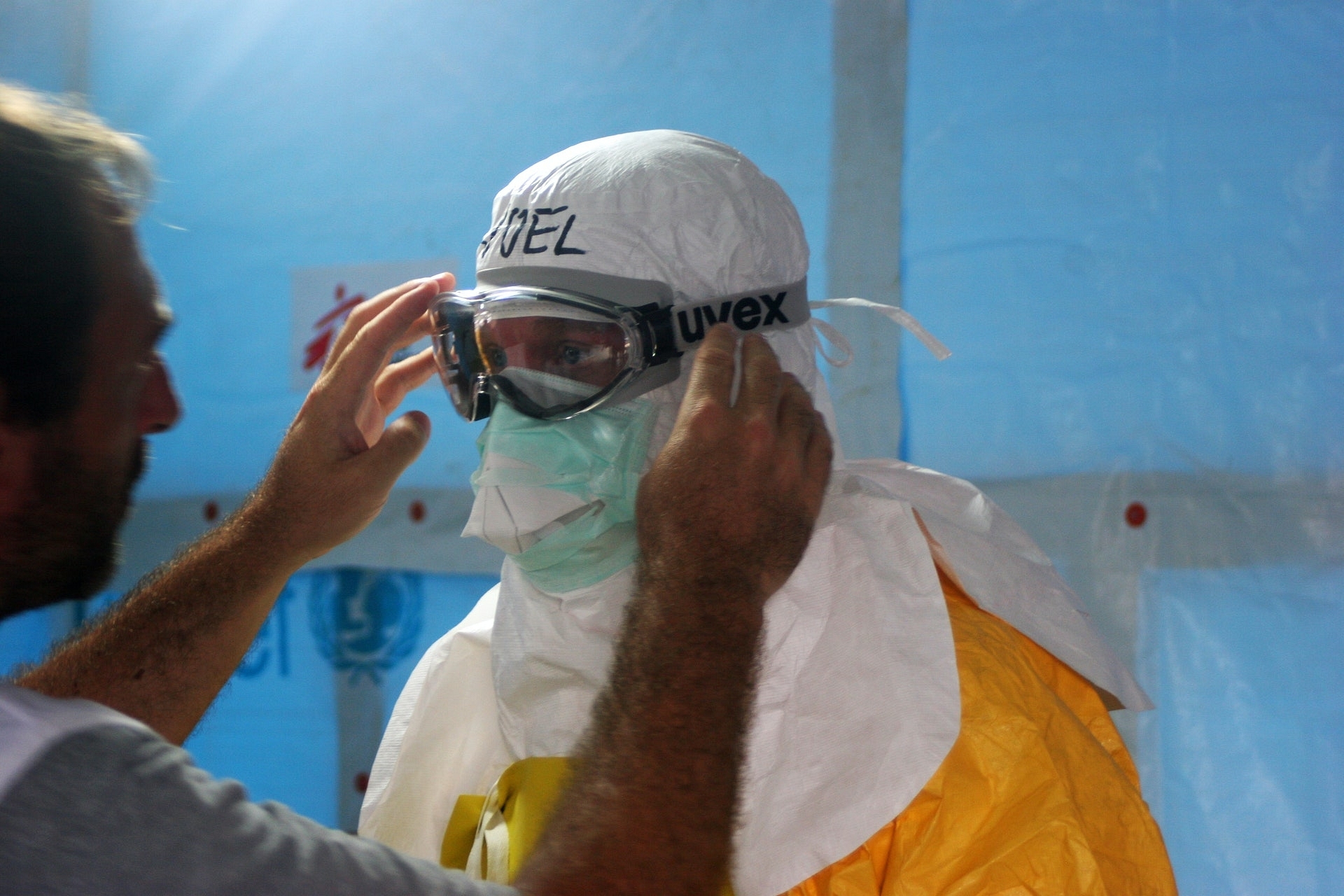Science
PPE Waste In The Pandemic – Indian Researchers Propose Solution For What Is Global Cause For Concern
- Indian scientists have proposed a method for turning PPE waste into biofuel. Here’s how that works.

How to dispose of PPE waste without harming the environment?
Personal protective equipment (PPE) has emerged as a significant life-saver in 2020. Not a part of dinner-time conversations in years past, PPEs have become a household term now – thanks to their critical role in shielding frontline workers from the Covid-19 pandemic.
India didn’t even make PPEs till as recently as February this year. It simply imported the coveralls. The need of the hour, however, made in-house manufacturing a necessity, and so in a span of three months India went from making zero to 4.5 lakh PPE kits a day (read this story).
While the rise in PPE numbers is helping save lives, its disposal is sparking worry about its negative environmental impact. The more they are being used – and its use is likely to rise further with vaccination at least several months away in 2021 – the more they are being treated after use in ways that are not environmentally friendly.
In June this year, the Economic Times reported how the All India Institute of Medical Sciences was grappling with rising PPE waste – the institute was reportedly storing used PPE on its premises since the Covid-19 outbreak.
Several media reports have shown how biomedical waste, including PPEs and syringes, are found dumped in the open and sometimes mixed with regular waste. This is dangerous. Garbage collectors come under greater risk of infection and, over a period of time, the PPE waste damages the environment.
A pile of PPEs in landfills or oceans will mean decades before they are degraded in a natural way with much harm to the surrounding ecosystem.
According to estimates, some 80 lakh tonnes of plastics go into our oceans every year – on top of the estimated 1,500 lakh tonnes already mixed in with precious marine ecosystems.
Clearly, PPE waste disposal needs a solution.
Indian researchers from the University of Petroleum and Energy Studies in Dehradun have proposed a possible way forward – turn it into useful biofuel.
PPEs are largely made up of polypropylene (plastic). Instead of leaving it to be decomposed by microbes over decades or have them incinerated only to release toxic gas, the material can be chemically decomposed with the application of heat.
“Chemical processing of polypropylene is one of the most promising method,” write the authors of the paper in the journal Biofuels.
Pyrolysis entails heating up an organic material in the absence of oxygen (no oxygen means no combustion) and at a high temperature and pressure to bring about a change in its chemical make-up.
How cooked does the material need to be? Generally, in industrial settings, the temperature is cranked up to over 430 degrees Celsius!
In the proposed method for PPE material, however, researchers have suggested a temperature range of 300-400 degrees Celsius in a closed thermal reactor for 60 minutes. That should do, they reckon.
There are three stages in the process – initiation, propagation and termination. First, free radicals are released after the heat is turned up. These free radicals are then broken down into smaller radicals and molecules. Finally, the unstable radicals are turned into stable molecules through coupling reactions.
Pyrolysis is not new in the context of environmental solutions. Its benefits are well studied and reported in research. To give one example, pyrolysis has been used to turn discarded vehicle tyres – which would release hazardous stuff in the air if incinerated in landfills (tyre fire is a menace too) – into more useful materials that could be upgraded further and put to productive use elsewhere.
The idea with PPEs is similar – to turn its largely plastic waste into more valuable stuff. The result is a liquid fuel that can be used to generate energy.
“The transformation into biocrude, a type of synthetic fuel, will not just prevent the severe aftereffects to humankind and the environment but also produce a source of energy,” said lead author Dr Sapna Jain.
Liquid oil coming out of pyrolysis already has various applications in gas turbines, boiler systems, generators, and stirling engines.
Co-author Dr Bhawna Yadav Lamba said: "There is always a need for alternative fuels or energy resources to meet our energy demands. The pyrolysis of plastics is one of the methods to mitigate our energy crisis.”
The prospect, therefore, is not just of proper PPE waste management but also production of liquid fuel, which, according to the authors, is clean and has fuel properties similar to fossil fuels.
Introducing ElectionsHQ + 50 Ground Reports Project
The 2024 elections might seem easy to guess, but there are some important questions that shouldn't be missed.
Do freebies still sway voters? Do people prioritise infrastructure when voting? How will Punjab vote?
The answers to these questions provide great insights into where we, as a country, are headed in the years to come.
Swarajya is starting a project with an aim to do 50 solid ground stories and a smart commentary service on WhatsApp, a one-of-a-kind. We'd love your support during this election season.
Click below to contribute.
Latest